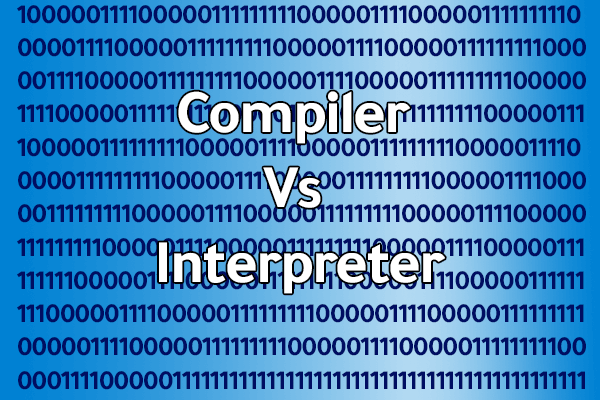Understanding the difference between a compiler and an interpreter is crucial for programmers!
How to easily distinguish between a compiler and an interpreter?
In your programming journey, you may encounter situations where understanding this topic is necessary. For example, one of my friends was asked this question in a job interview, and it could happen to you as well. Take a deep breath and relax as we explain the difference between a compiler and an interpreter in detail.
By the end of this article, you’ll be able to easily differentiate between the two and even explain the differences to your friends.
Typically, programmers write code using high-level languages like Java, Python, and others. These languages are easier for humans to understand because they use words and sentences similar to English. However, computers only understand machine language (binary: 0s and 1s).
This is where the compiler and interpreter come into play, converting the source code into machine code that computers can process.
Interpreter:
- Translates the source code line by line or section by section.
- Stops translating and executing the program if it encounters an error in a specific line.
- Translation is fast, but execution is slow.
- Easier to debug because the program stops at the exact error line.
Compiler:
- Analyzes the entire program, then translates it fully into machine language.
- Takes longer to translate, but execution is very fast.
- Errors are found after analyzing the entire program, making debugging more challenging compared to an interpreter.
Languages that use Interpreters:
- PHP
- Python
- Ruby
- JavaScript
- Perl
Languages that use Compilers:
- C and C++
- C#
- Java (combines both methods, making Java programs compatible with all operating systems)
This guide will help you understand the essential differences between a compiler and an interpreter. If you have any questions or suggestions, feel free to leave a comment!

